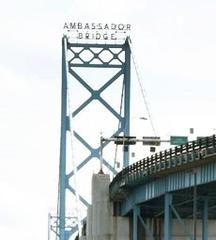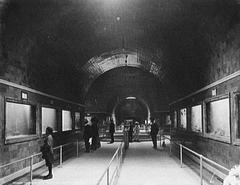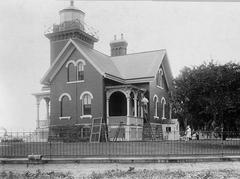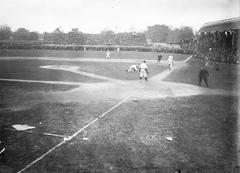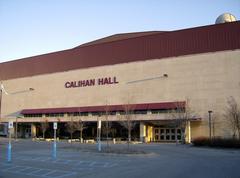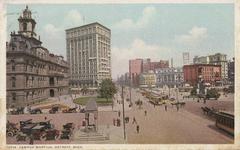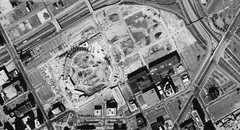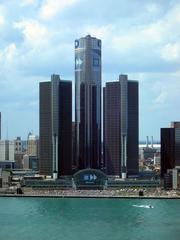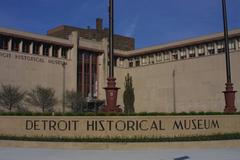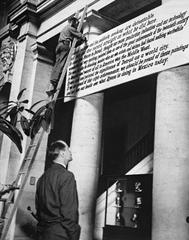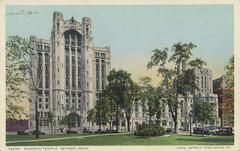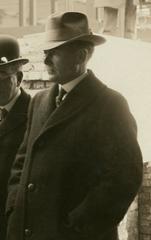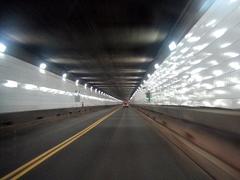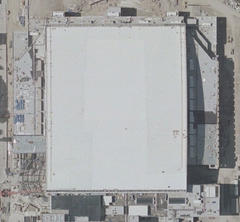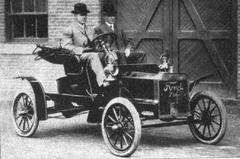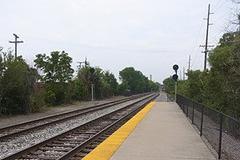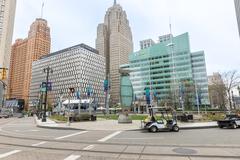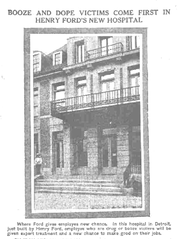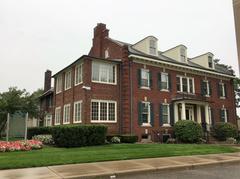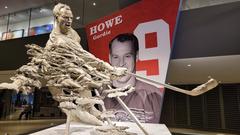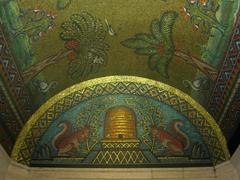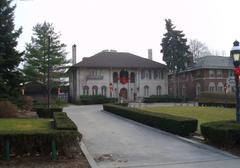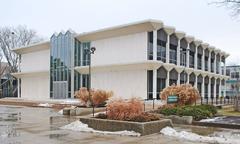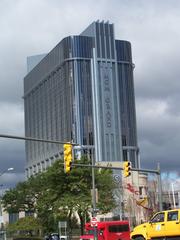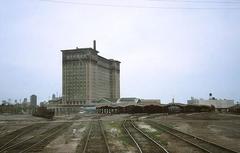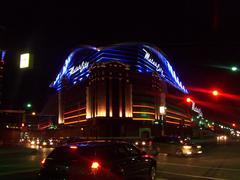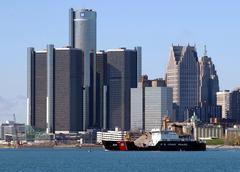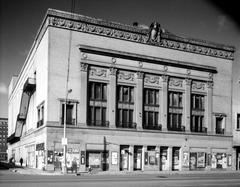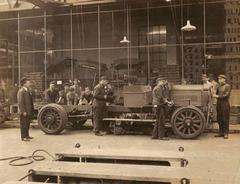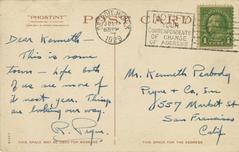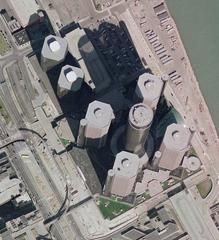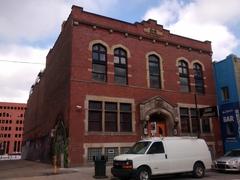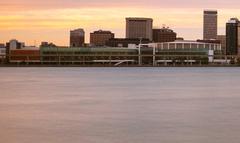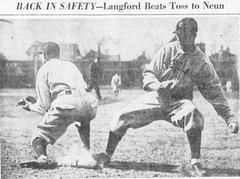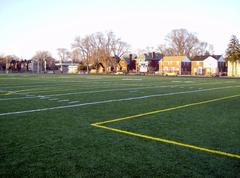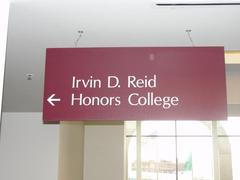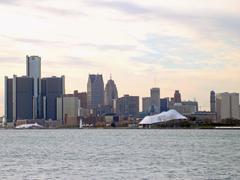Cathedral of the Most Blessed Sacrament Detroit: Visiting Hours, Tickets, and Guide to Historical Sites
Date: 15/06/2025
Introduction
The Cathedral of the Most Blessed Sacrament in Detroit stands as a beacon of Catholic heritage, architectural magnificence, and community spirit. As the mother church of the Archdiocese of Detroit, it represents both a place of worship and a cultural landmark, attracting visitors who appreciate history, art, and spirituality. Known for its Norman Gothic architecture, intricate stained glass, and pivotal role in Detroit’s religious life, the cathedral is a must-visit for residents and tourists alike.
This detailed guide provides essential information on visiting hours, ticketing, history, architecture, accessibility, special events, and nearby attractions, helping you make the most of your visit to one of Detroit’s most treasured historical sites (Detroit Historical Society; Historic Detroit; Detroit Catholic).
Table of Contents
- Introduction
- Visiting Hours and Tickets
- Accessibility and Visitor Tips
- History and Architecture
- Guided Tours and Special Experiences
- Nearby Attractions and Travel Tips
- Frequently Asked Questions (FAQ)
- Conclusion and Recommendations
- References
Visiting Hours and Tickets
-
Address: 9844 Woodward Avenue, Detroit, MI 48202
-
General Visiting Hours:
- Monday–Saturday: 9:00 AM – 5:00 PM
- Sunday: 1:00 PM – 5:00 PM
- Hours may vary during special events and liturgical celebrations; always check the official website or call ahead for updates.
-
Admission: Free for all visitors. Donations are appreciated to assist with preservation and community outreach.
-
Guided Tours:
- Available on weekends at 2:00 PM or by appointment.
- Suggested donation: $5 per person.
- Book tours via the cathedral’s website or by contacting the visitor office.
-
Mass Schedule (as of June 2025):
- Sunday: 11:00 AM
- Monday, Tuesday, Thursday, Friday, Saturday: 8:00 AM
-
Tickets: No tickets required for general admission or Mass. Special events may require reservations.
Accessibility and Visitor Tips
- Wheelchair Access: The cathedral is fully accessible, with ramps, designated seating, and accessible restrooms.
- Parking: Ample, well-lit gated parking lot adjacent to the building; street parking and public transit options (Woodward Avenue bus routes) also available.
- Photography: Non-flash photography is permitted outside of services; professional shoots require prior arrangement.
- Dress Code: Modest attire is recommended, especially during religious services.
- Etiquette: Maintain a respectful silence, especially in the sanctuary and during Mass.
History and Architecture
Founding and Early Development (1905–1930)
Established in 1905 to serve Detroit’s growing Catholic community, the parish held its first Masses in an old shoe factory, reflecting its humble beginnings (Detroit Historical Society). Construction of the permanent church began in 1913, with the exterior largely finished by 1915. Due to financial constraints, the twin spires were postponed. The interior was completed and dedicated in 1930 (Historic Detroit).
Cathedral Status and Completion (1937–1951)
Designated as the cathedral of the newly elevated Archdiocese of Detroit in 1938, the building’s completion was delayed by World War II. Architect George Diehl oversaw the final construction of the iconic twin towers and copper flèche, finished in 1951—a significant year marking Detroit’s 250th anniversary (Wikipedia).
Architectural and Artistic Features
- Exterior: Norman Gothic style, constructed of Ohio sandstone and Indiana limestone, features pointed arches, flying buttresses, and a prominent rose window (Historic Structures).
- Interior: Home to 22 stained glass windows by Willet Studios, sculptures by Corrado Parducci, and a marble high altar. The nave seats over 1,000.
- Pipe Organs: Casavant Frères organ (3,500+ pipes) and an Austin organ (1,745 pipes), both playable from a single console (SAH Archipedia).
- Artworks: Notable pieces include Christopher Darga’s “Mary, Mother of the Church of Detroit” (2021) and the “Journey with the Saints” statues and relics (2023).
Renovations and Recent Additions (1985–2024)
Major interior redesigns from 1985–2003 led by Gunnar Birkerts modernized the sanctuary, expanded accessibility, and restored the organs. Recent projects include the installation of life-sized apostle statues and a Lourdes grotto to enhance the pilgrimage experience (Detroit Catholic).
Community Role and Notable Events
The cathedral hosts major diocesan liturgies, ordinations, and special concerts, and served as a venue for Pope John Paul II’s 1987 visit. It actively partners with local organizations for social outreach and cultural programming, and is a designated pilgrimage site for the 2025 Jubilee Year of Hope (Detroit Catholic).
Guided Tours and Special Experiences
- Guided Tours: Gain deeper insight into the cathedral’s architecture, art, and history. Advance booking is recommended, especially for groups.
- Pilgrimage Experience: The “Journey with the Saints” pilgrimage features relics and statues of the apostles, enhancing the cathedral’s spiritual allure.
- Special Events: The cathedral regularly hosts concerts, art exhibits, community forums, and religious celebrations. Check the events page for schedules.
Nearby Attractions and Travel Tips
- Nearby Detroit Historical Sites: Detroit Institute of Arts, Motown Museum, Boston-Edison Historic District, and the Detroit Historical Museum.
- Dining and Transit: Numerous restaurants and coffee shops are located along Woodward Avenue; public transportation is easily accessible.
Travel Tips:
- Weekday mornings and early afternoons are typically quieter for reflection and photography.
- Combine your visit with other nearby historical and cultural attractions for a full day in Detroit’s vibrant Midtown district.
Frequently Asked Questions (FAQ)
Q: What are the cathedral’s visiting hours?
A: Monday–Saturday: 9 AM–5 PM; Sunday: 1 PM–5 PM. Hours may vary during special events.
Q: Is there an admission fee or ticket requirement?
A: Admission is free. Guided tours and special events may require a reservation or suggested donation.
Q: Is the cathedral accessible for people with disabilities?
A: Yes, with ramps, accessible restrooms, and designated parking.
Q: Can I take photos inside the cathedral?
A: Non-flash photography is allowed except during services; professional shoots require permission.
Q: Are guided tours offered?
A: Yes, by appointment and during scheduled weekend times.
Q: How do I get to the cathedral using public transportation?
A: Multiple bus routes serve Woodward Avenue, providing easy access.
Conclusion and Recommendations
Visiting the Cathedral of the Most Blessed Sacrament is an enriching experience encompassing Detroit’s religious heritage, architectural splendor, and community life. With free admission, comprehensive accessibility, and a host of tours and special events, the cathedral welcomes all—whether for worship, education, or cultural exploration.
Plan your visit today:
- Check the latest hours and tour availability on the official website.
- Download the Audiala app for curated audio tours of Detroit’s most iconic sites.
- Stay updated on special events by following the cathedral’s social media channels.
Experience the heart of Detroit’s Catholic tradition and immerse yourself in the legacy of one of Michigan’s most beautiful historical landmarks.
References
- Cathedral of the Most Blessed Sacrament – Detroit Historical Society
- Cathedral of the Most Blessed Sacrament – Historic Detroit
- A Jubilee Pilgrimage of Hope Through the Cathedral – Detroit Catholic
- Cathedral of the Most Blessed Sacrament – Wikipedia
- Cathedral of the Most Blessed Sacrament – Official Website
- Detroit Metro Times – Detroit’s Most Stunning Places of Worship
- Historic Structures
- SAH Archipedia
- Mass Times Near Me
- Trek Zone
- Detroit Saint Walk
- Catholic News Agency
